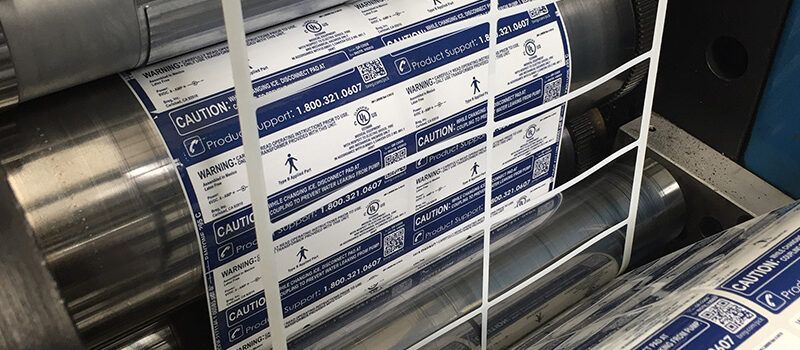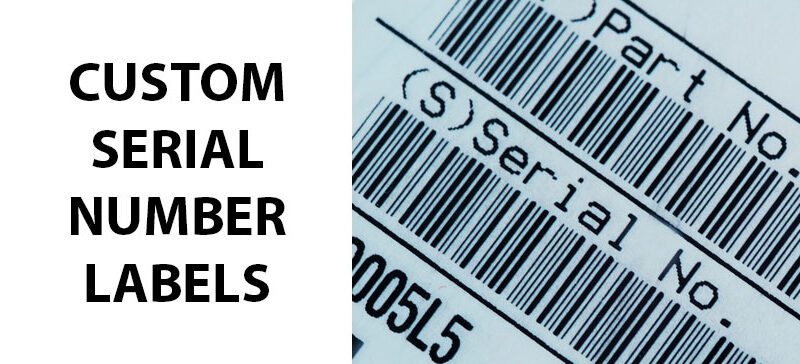When it comes to choosing the right material for your project, it’s important to consider the properties of each material carefully. As we dive into the world of polymers, you might have come across the terms polyimide and polyamide. So polyimide vs polyamide, which is right for your project? At first glance, the two materials may seem quite similar, but they have distinct differences that can significantly impact their performance. As we explore the differences between polyimide and polyamide, we will help you determine which material is the right choice for your project.
Polyimide vs Polyamide
Polyamide and polyimide are both types of high-performance polymers, but they differ in their chemical structure, physical properties, and applications.
What is Polyimide?
Polyimide is a high-performance polymer that offers a unique combination of excellent mechanical, thermal, and chemical properties. You might be wondering what makes polyimide so special. Polyimide is a synthetic resin that is formed by combining an aromatic dianhydride and an aromatic diamine. This reaction produces a polymer with a highly ordered molecular structure, which results in its exceptional thermal stability and high tensile strength. Additionally, polyimide is resistant to many chemicals, making it an ideal choice for harsh environments such as extreme heat or cold.
Polyimide Label Uses
Polyimide labels are used in a variety of applications that require high-temperature resistance, chemical resistance, and mechanical strength. Here are some common uses for polyimide labels:
- Printed Circuit Boards (PCBs): Polyimide labels are commonly used in the electronics industry to label electronic components on PCBs. They can withstand the high temperatures and harsh environments that are associated with the production of electronic components.
- Aerospace Industry: Polyimide labels are used in the aerospace industry to label components and provide critical information about their specifications. They can withstand the extreme temperatures and harsh environments associated with aerospace applications.
- Automotive Industry: Polyimide labels are used in the automotive industry to label components and provide critical information about their specifications. They can withstand the harsh conditions associated with automotive applications, including exposure to heat, oil, and other chemicals.
- Medical Industry: Polyimide labels are used in the medical industry to label medical equipment and devices. They can withstand sterilization processes, making them ideal for use in medical applications.
- Industrial Applications: Polyimide labels are used in a variety of industrial applications, including labeling equipment and providing critical information about their specifications. They can withstand exposure to harsh chemicals and high temperatures.
What is Polyamide?
Polyamide is a type of strong and tough man-made material. It’s also called nylon, which you might have heard of before. Polyamide is created by mixing two chemicals together to form long strands of tough material. Because of its strength and ability to resist damage, polyamide is used in many things like clothes, car parts, and machines. It’s a useful material that can be used in many different ways.
Polyamide Label Uses
Polyamide labels are commonly used in applications where durability, toughness, and resistance to wear and tear are required. Here are some common uses for polyamide labels:
- Clothing Industry: Polyamide labels are often used in the clothing industry to label clothing care and composition. They are durable and can withstand the washing and drying processes that clothing goes through.
- Automotive Industry: Polyamide labels are used in the automotive industry to label components and provide critical information about their specifications. They can withstand exposure to oil, gasoline, and other chemicals commonly found in automotive applications.
- Industrial Applications: Polyamide labels are used in a variety of industrial applications, including labeling equipment and providing critical information about their specifications. They are durable and can withstand exposure to harsh chemicals, making them ideal for use in industrial applications.
- Medical Industry: Polyamide labels are used in the medical industry to label medical equipment and devices. They are durable and can withstand the sterilization processes that are used in medical applications.
- Packaging Industry: Polyamide labels are used in the packaging industry to label products and provide important information about their contents. They are durable and can withstand the handling and transport processes associated with packaging.
- PCB Labels: PCB labels are specifically designed for use on electronic components and printed circuit boards. Polyamide labels are durable, flexible, and can withstand exposure to heat and chemicals that are commonly found in electronic manufacturing processes. These labels can help identify and track electronic components on a PCB, making them essential for the electronics industry.
Polyamide vs Polyester Labels
Polyamide and polyester labels are both synthetic materials commonly used for label production. Here are some of the differences between polyamide and polyester labels:
- Durability: Polyamide labels are generally more durable than polyester labels. Polyamide labels have a higher resistance to wear and tear, making them a better option for applications where labels may be subjected to rough handling or exposure to harsh chemicals.
- Temperature Resistance: Polyamide labels are also better suited for high-temperature applications. They can withstand exposure to high temperatures without melting or degrading. Polyester labels, on the other hand, may not be able to withstand the same high-temperature conditions.
- Printing Quality: Polyester labels are often chosen for their ability to produce vibrant, high-quality prints. They can be printed with vibrant colors and high-resolution graphics, making them a great choice for branding and marketing applications.
- Cost: Polyester labels are generally more cost-effective than polyamide labels. This does depend on what you’re using them for and how many you need. They can be produced in large quantities at a lower cost, making them a popular choice for many applications.
Polyamide labels are a better option for applications that require high durability and temperature resistance, while polyester labels are ideal for applications that require high-quality printing and are more cost-effective.
Polyimide vs Polyamide Conclusion
Both polyimide and polyamide are synthetic materials that offer a wide range of properties and benefits for label production. Polyimide labels are ideal for high-temperature applications and offer exceptional chemical resistance, making them a great choice for use in electronic components and printed circuit boards. Polyamide labels, on the other hand, offer superior durability, toughness, and resistance to wear and tear, making them ideal for use in a range of applications, including clothing, automotive, industrial, medical, packaging, and PCB labeling. The choice between polyimide and polyamide labels depends on the specific application and the properties required for that application. Understanding the differences between polyimide vs polyamide can help make informed decisions when choosing the best labeling solution for any given project.
We can make custom polyamide labels and polyimide labels for your specific needs. Click the button below to get your free proposal.


